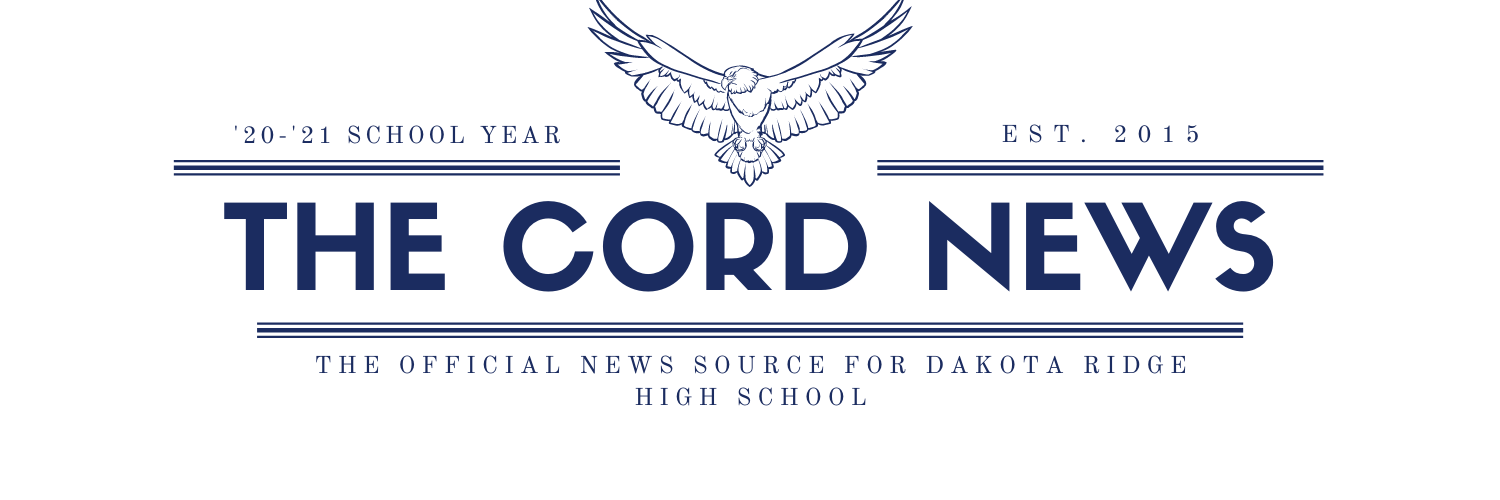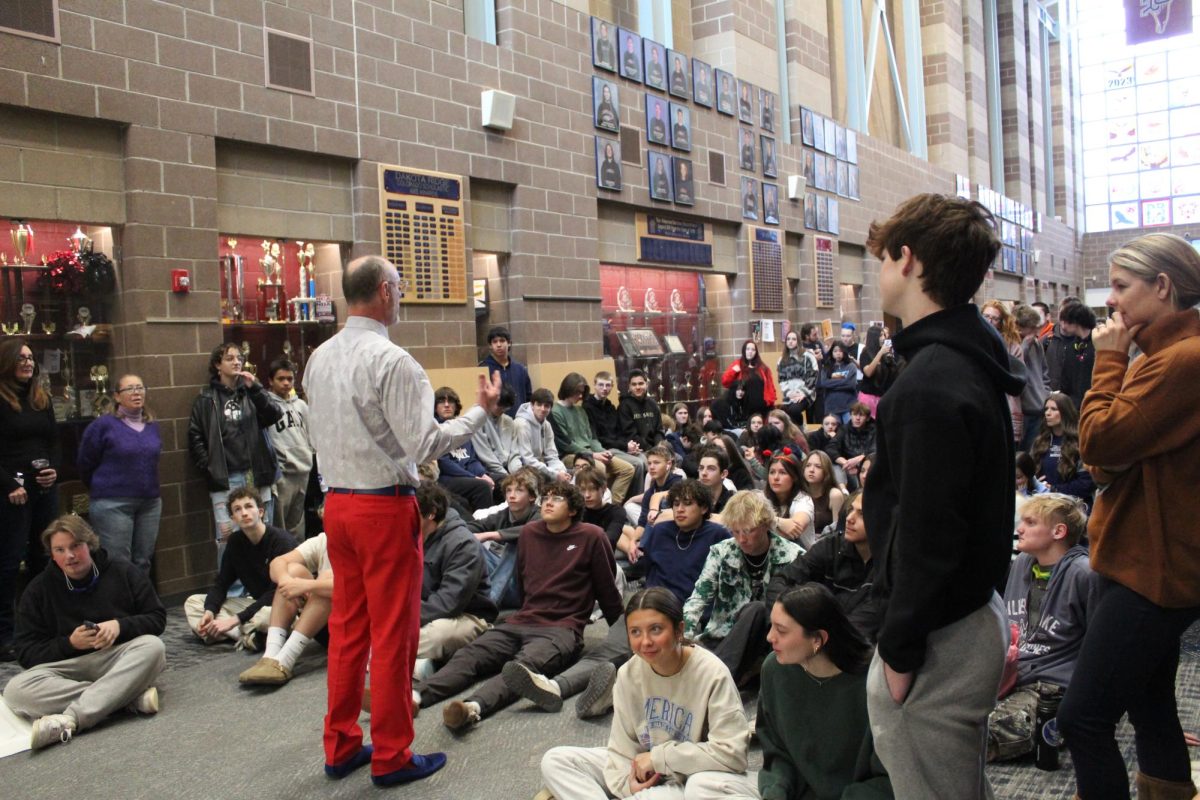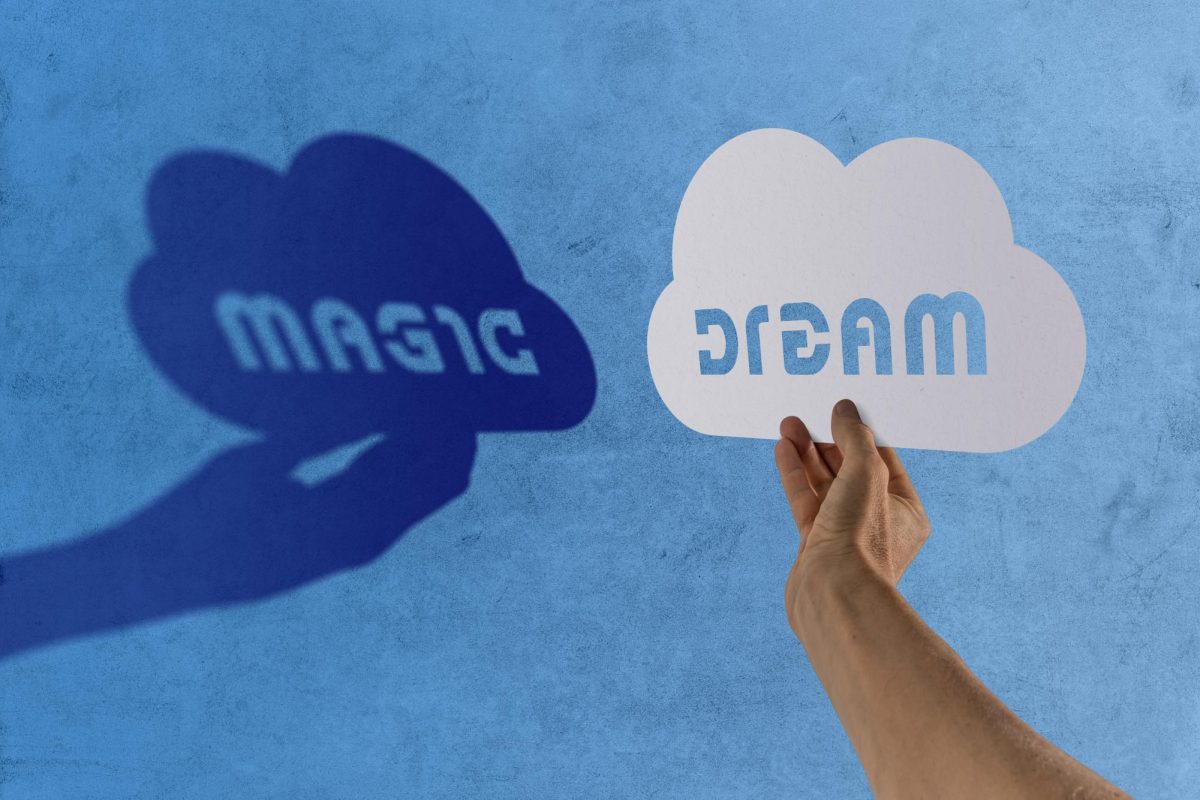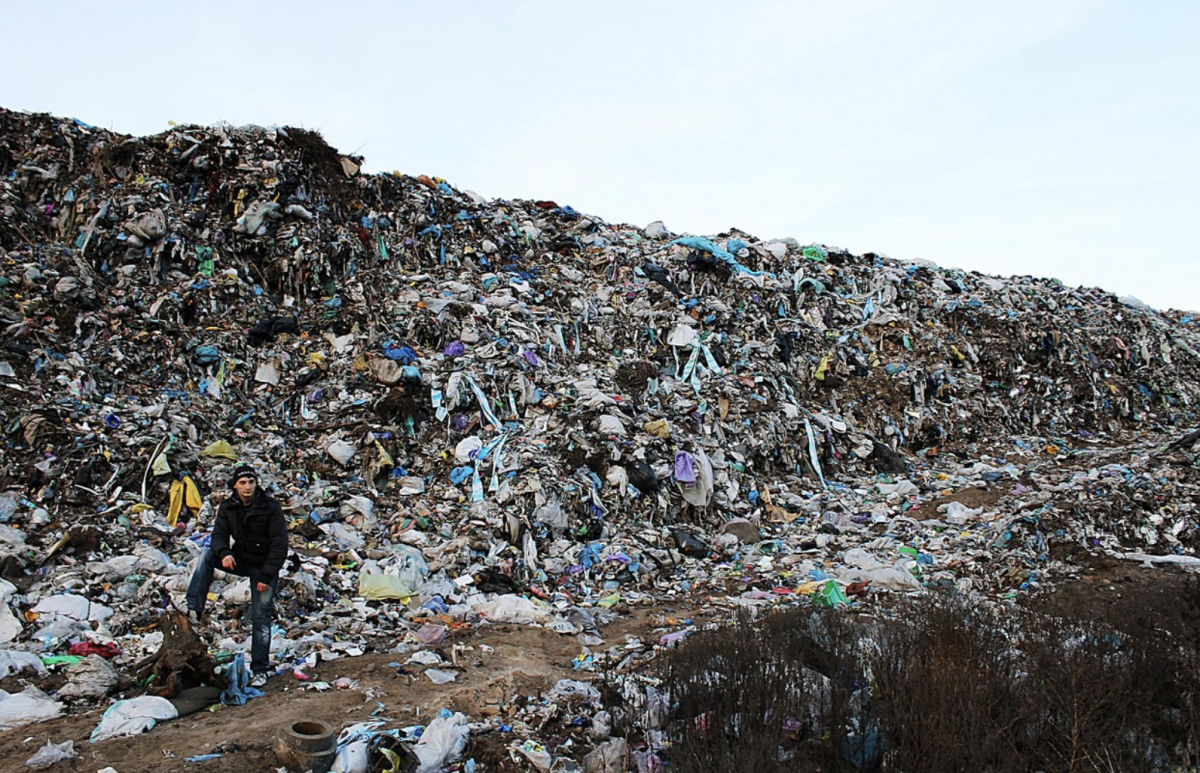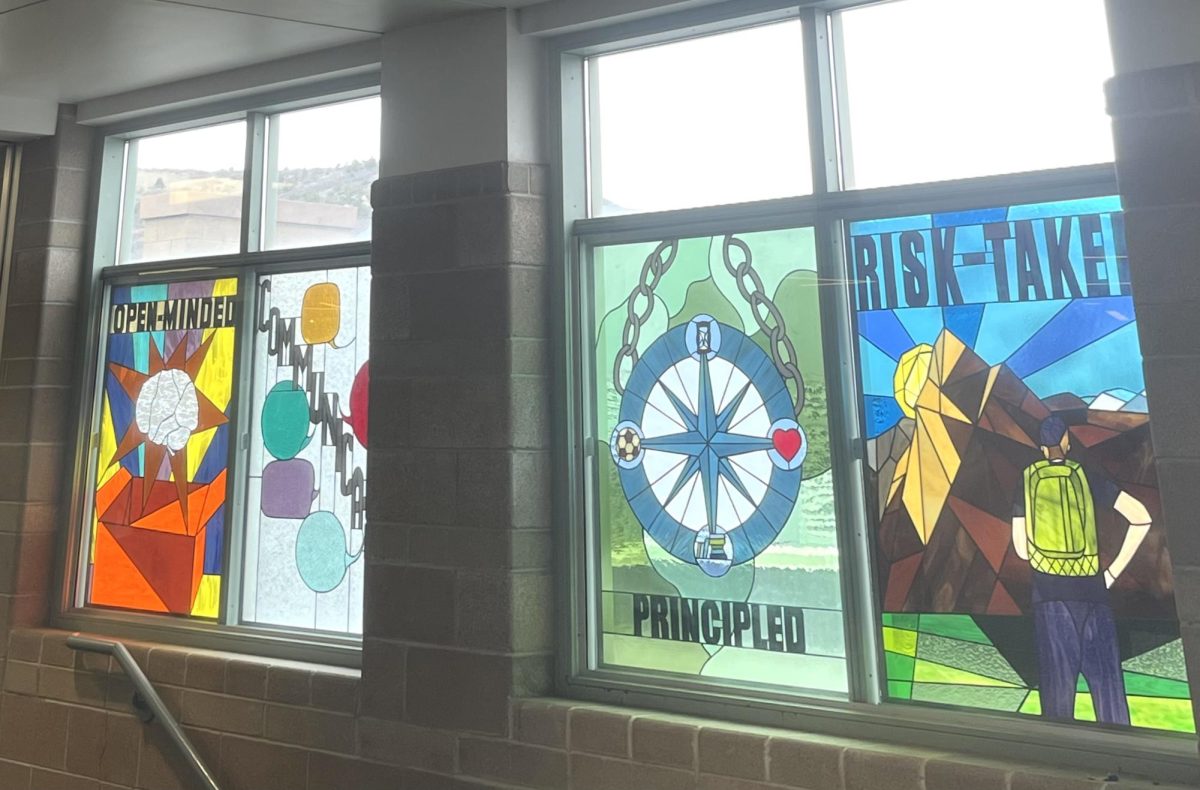

With SATs and finals quickly approaching, many Dakota Ridge students are swiftly trying to improve their grades before the school year ends.
One way that students could improve their grades and test scores is to limit their social media use.
Recent studies have managed to link the overuse of social media to the downfall of academic success in many students.
Studies have consistently shown a concerning trend: that an increase in a student’s social media use results in an average decrease in academic achievements.
University of Delaware found that for every 1% increase in social media use, on average, a student would have on average a 0.19% decrease in academic achievements.
Poor grades can be connected to social media, replacing study time and time to work on schoolwork. This can often lead to lower test scores and grades, which can be detrimental to someone’s career and academic success.
In the same Delaware article, Univsersity of Delaware associate professor Mellissa Gordon was quoted as stating, “The landscape of social media is ever-changing, and despite best efforts, it presents a challenge to keep pace with its effect.”
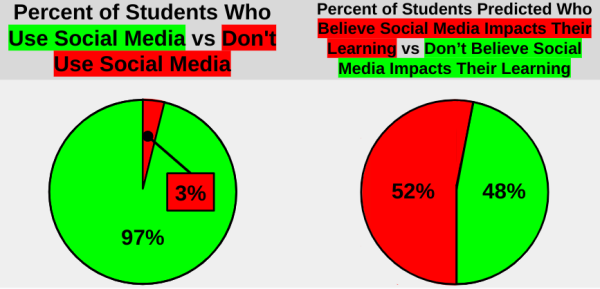
National Institutes of Health found that 97% of students claimed to use social media, and 52% of the students who claimed to use social media also claimed to believe that it impacts their learning.
Although many students have noticed social media impacting their grades, around half of them don’t believe that social media has much, if any, impact on grades or learning.
However, not everyone agrees.
“I don’t think that social media affects grades at all,” senior Charles Gross said.
In an article for the National Institutes of Health about the impacts that social media has on learning, social interactions, and sleep duration, the author states, “A majority of the participants reported prolonged use of social networking sites for nonacademic purposes. These habitual behaviors can distract students from their academic work, adversely affect their academic performance, social interactions, and sleep duration, and lead to a sedentary lifestyle and physical inactivity, which, in turn, can render them vulnerable to non-communicable diseases and mental health problems.”

The amount of time that high schoolers spend on social media is increasing more and more every year. According Statista, studies indicated that students spend an average of 4.4 hours on social media every single day. This accounts for around 18% of a student’s day.
“I agree that the average high schooler probably spends around 4.4 hours on social media per day,” senior Ben Hertel said.
Social media addiction can be a direct result of countless academic and health-related consequences on high schoolers, including distracting students from academic work, preventing social interactions, reducing sleep duration, replacing time that could be spent on physical activity, and much more.
Recognizing the influence of social media on high school students is vital to being able to exercise caution and avoid both addiction and the harmful impacts on grades that the overuse of social media may cause.

